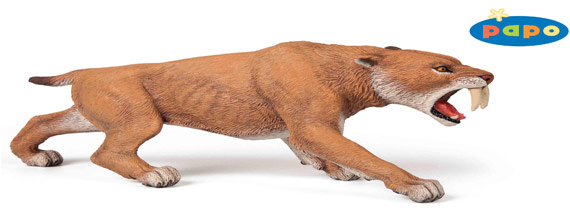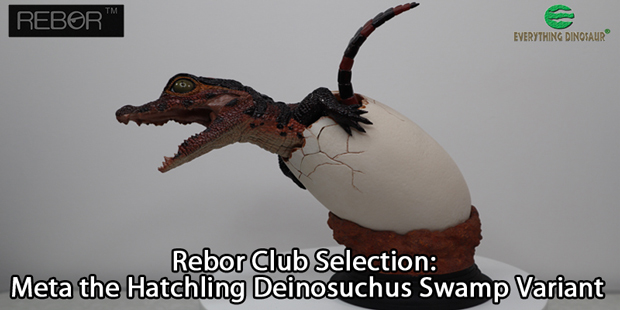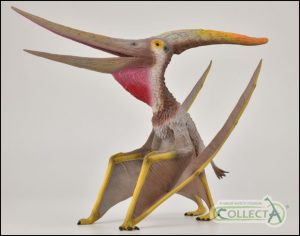Remarkable Miocene Tarsier Fossils from Thailand
Fossils from a Coal Mine in Thailand Reveal New Species of Primate
The Tarsiers are small, tree-dwelling prosimians found in Asia. These small creatures are mainly nocturnal and voracious hunters of insects, tiny lizards, mammals and nestling birds. They may not be very conspicuous up in the tree-tops but to anthropologists and palaeontologists they are extremely important in helping to decipher our own origins. Scientists have announced the discovery of a Miocene Tarsier, fossils of which were found in a coal mine.
A number of fossilised jawbones found in a coalmine in Thailand have enabled scientists to identify a new species of Tarsier, one that may have been mainly herbivorous. But first, why are Tarsiers so important when it comes to working out our own fossil lineage?
Miocene Tarsier
It is all to do with noses. The Tarsier’s nostrils , which project sideways, are rounded. Fur grows almost to the edge of them and surrounds them, separating them from the upper lip. The nostrils of other prosimians, lemurs and pottos for example, in contrast are shaped like commas, permanently moist and linked to the upper lip by a strip of naked skin. To a Tarsier the sense of smell is very much less important than to a lemur or another member of the prosimian group.
The only other tree-dwellers that have noses like the Tarsier’s are the true monkeys. This suggests that the Tarsiers are ancestral to the monkeys, if this is the case, then as apes and ourselves are related to monkeys, the Tarsier may be a branch on that part of the tree of life that led to our own species H. sapiens.
The pictures circulated show a Tarsier from South-east Asia on the left compared to a Potto from West Africa on the right. Although very similar, note the “comma” shaped nostrils of the Potto, whilst the nostrils of the Tarsier suggest that creatures such as these were the ancestors of true monkeys, and ultimately ourselves.
Tarsius sirindhornae
The new species, formally named as Tarsius sirindhornae, lived during the mid Miocene Epoch, approximately 13 million years ago. Based on the size of the fossilised jawbones, this Tarsier species would have been a giant amongst its kind. However, it probably weighed less than 200 grammes, about the weight of grapefruit.
Research leader, Yaowalak Chaimanee, a geologist with Thailand’s Department of Mineral Resources, stated that this Tarsier was the largest discovered to date and a total of eighteen jawbone fossils from the new species were found in deposits at disused coalmine in Lampang Province. Each tiny jaw holds one to four teeth.
She stated:
“Tarsiers were, and still are pretty rare, so you can imagine to have eighteen jaws is marvellous.”
Like modern Tarsiers, the extinct species probably have had large eyes, would have been a great jumper and would have had the ability to rotate its neck 180 degrees. But the fossils show that at least one trait makes the new species different from its modern cousins.
Chaimanee said:
“We know living Tarsiers eat insects or small mammals. They have very sharp teeth. Our fossils have very rounded teeth, every tooth has been worn. We expect it ate something different.”
The large jaws and dentition suggest that this animal may well have been a vegetarian, perhaps feeding on leaves. Plant material is much more difficult to digest and the teeth may have evolved to permit these prosimians to grind food up in their mouths efficiently to allow their digestive systems to extract nutrients effectively. Being a vegetarian often leads to evolving a larger gut, perhaps this explains why this extinct Tarsier species grew to be a relative giant amongst its carnivorous relatives.
In a bid to explain why the jawbones were found in close proximity, Chaimanee and her colleagues have speculated that the area around the coalmine was dense, tropical jungle and the jawbones represent the regurgitated remains after these Tarsiers were predated upon by birds of prey.
She suggested:
“The predator made waste pellets, and then these pellets would wash out into the region that became the coal mine. This would explain why our team found so many jaws together.”
To find the fossils of such an arboreal Miocene animal as a herbivorous Tarsier is rare, to find eighteen jawbones is truly remarkable. The team hope to return to the coalmine site in the near future to explore the deposits in greater detail, perhaps revealing more evidence of ancient Tarsiers and of the other animals, may be even the predatory bird that shared their ancient jungle home.
For models of prehistoric mammals and other extinct creatures: CollectA Deluxe Scale Prehistoric Animal Models.







